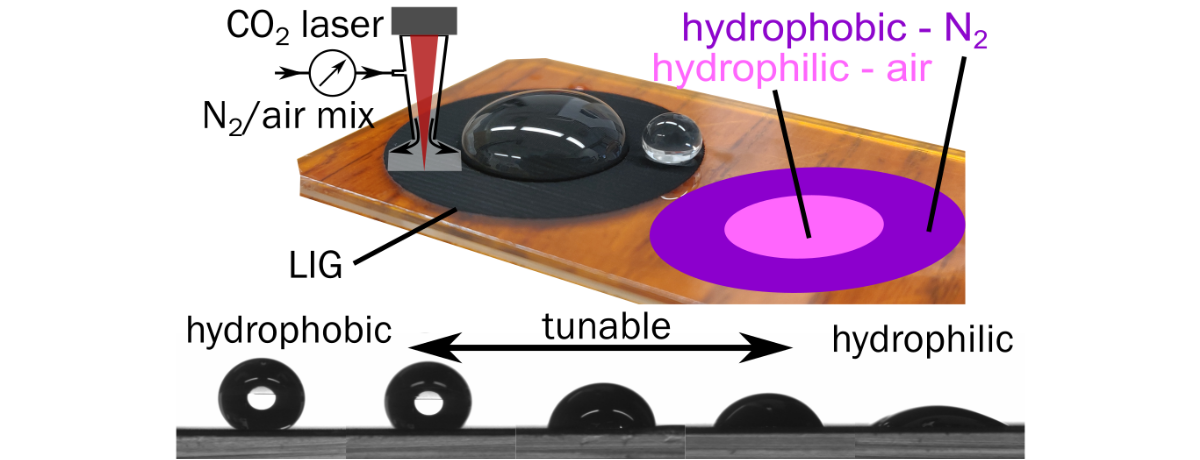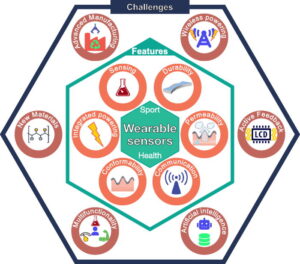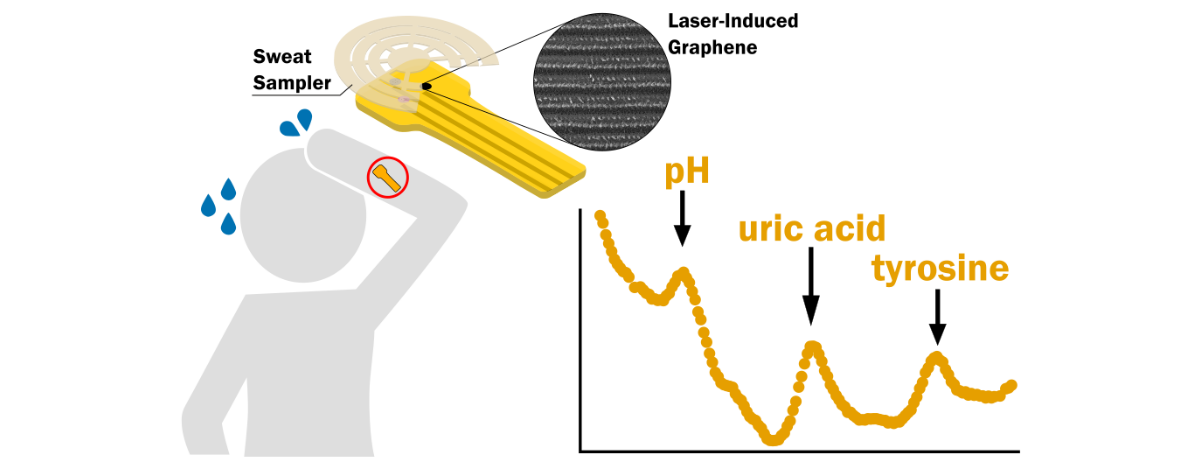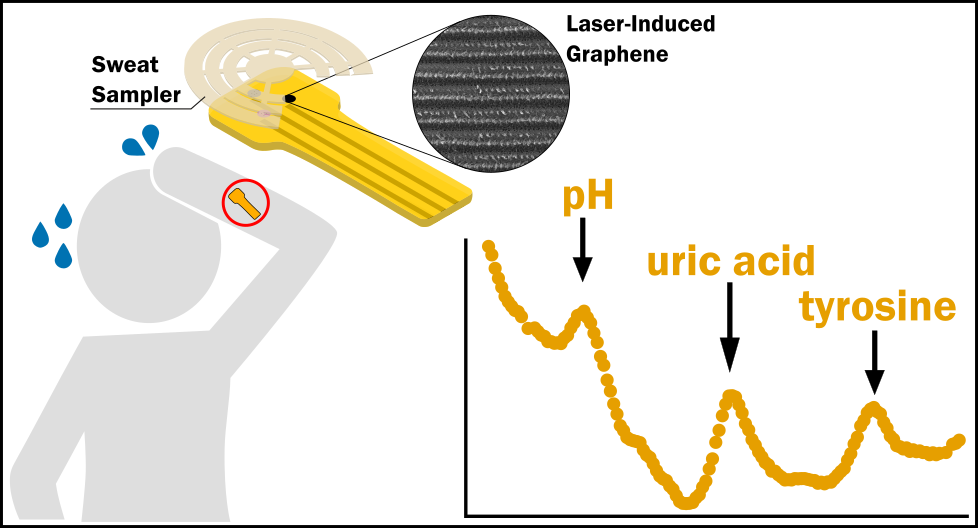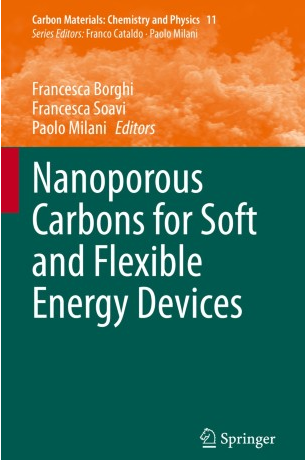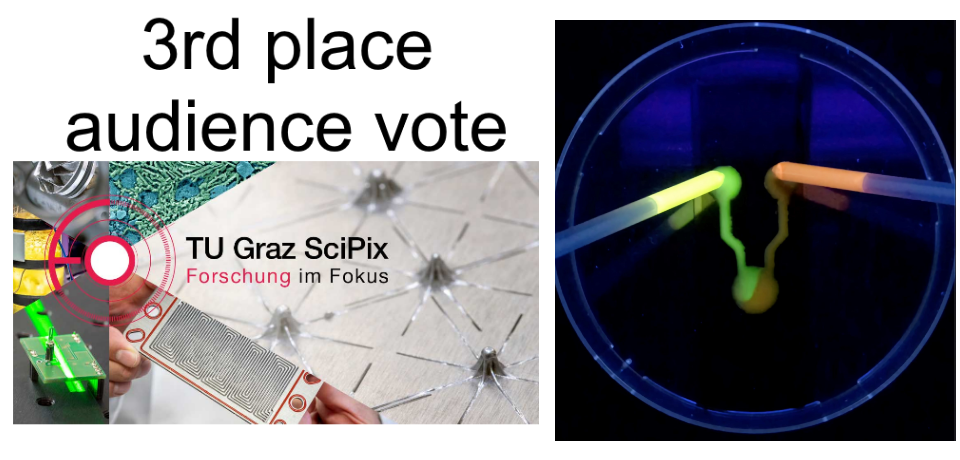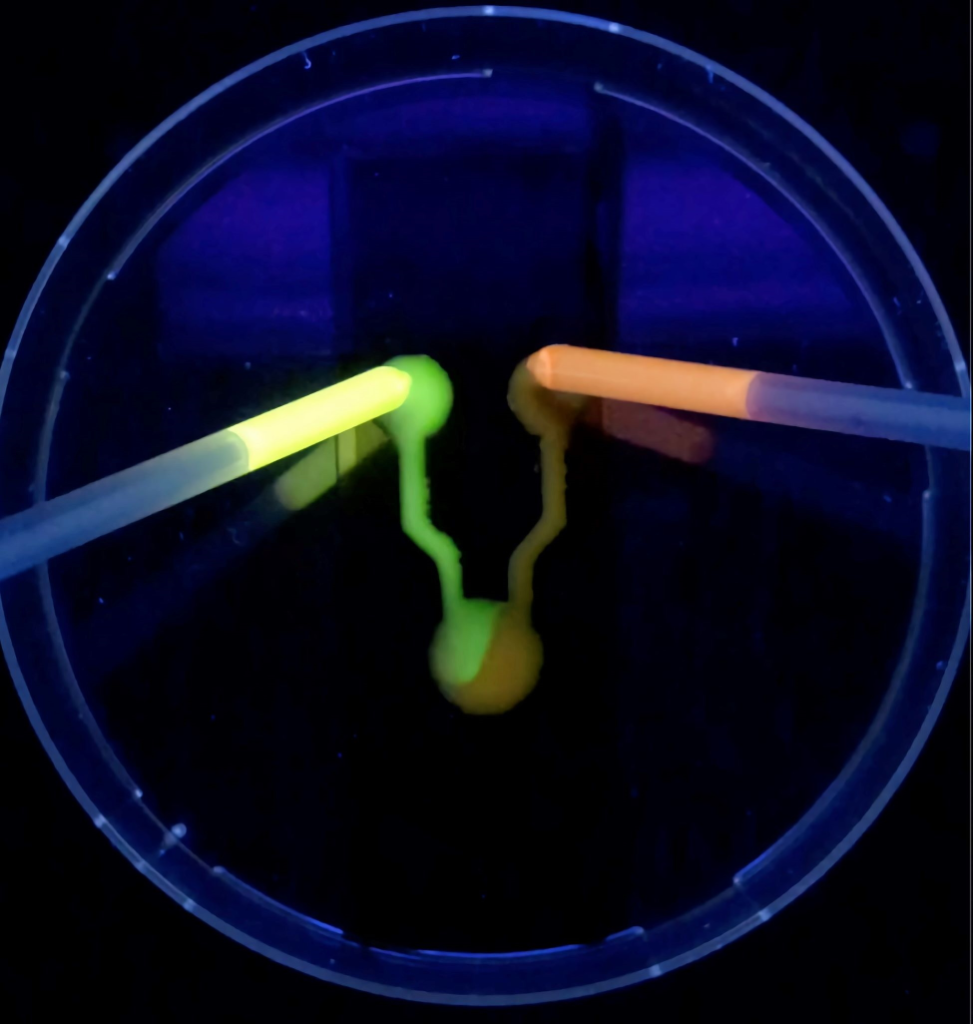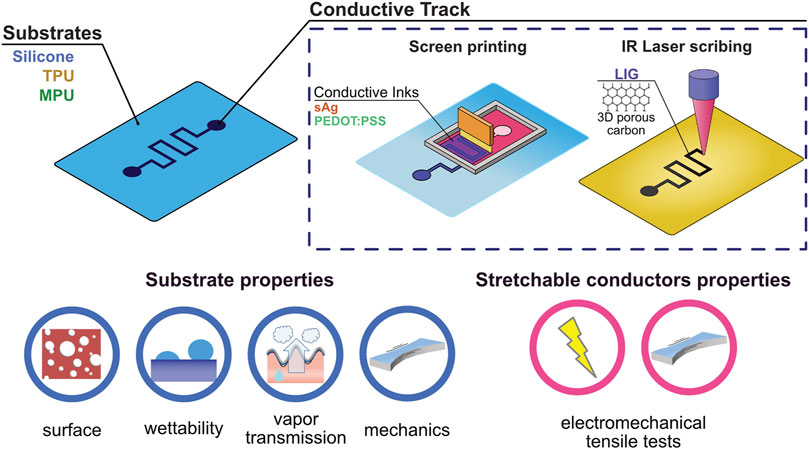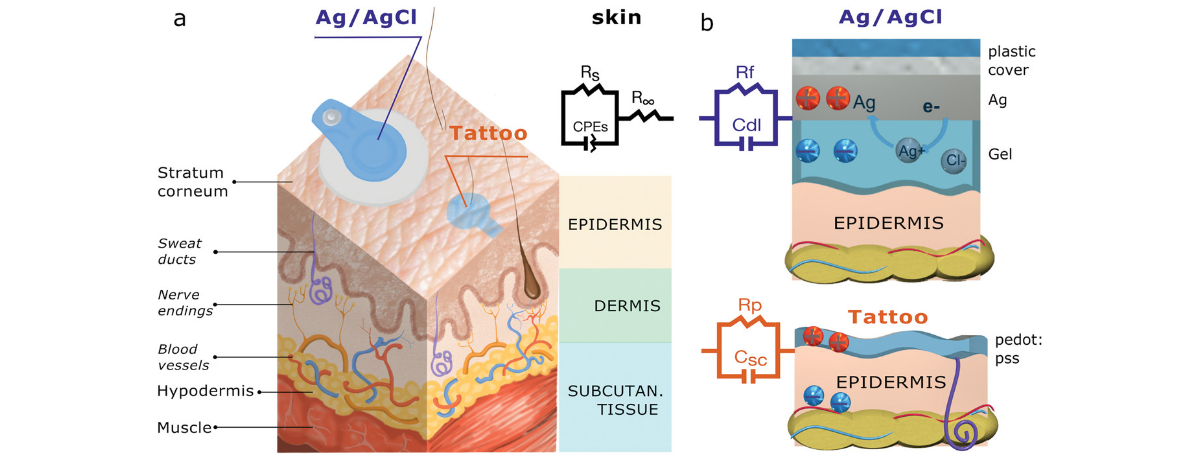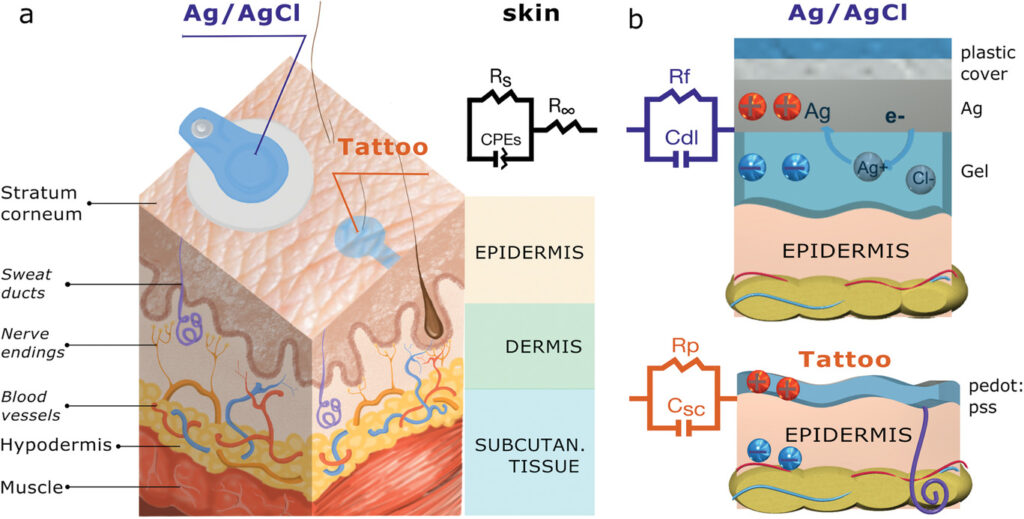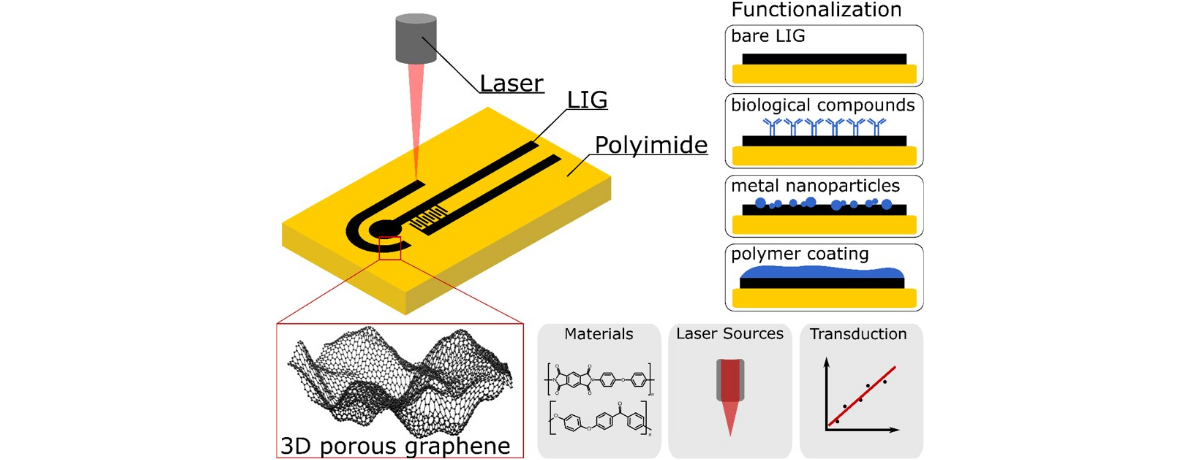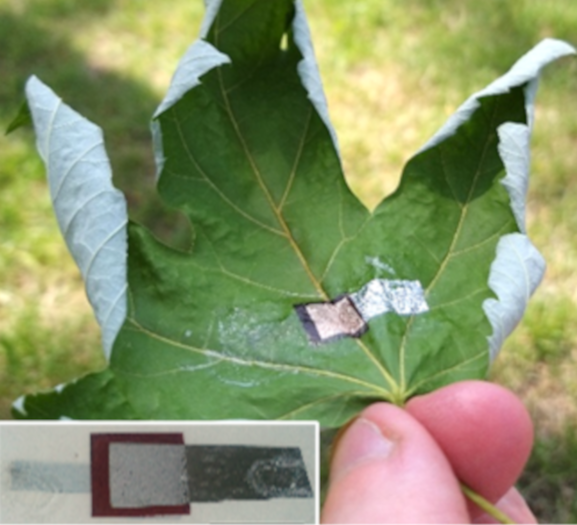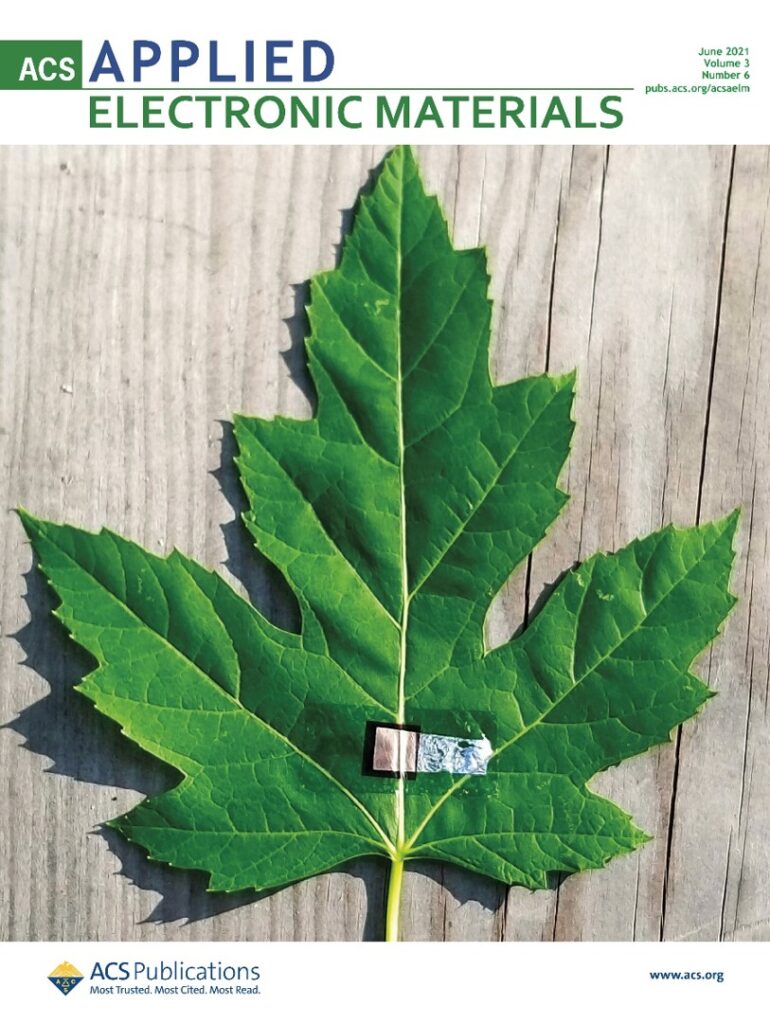“Different Roles of Surface Chemistry and Roughness of Laser-Induced Graphene: Implications for Tunable Wettability”

Dallinger, Alexander, Felix Steinwender, Matthias Gritzner, and Francesco Greco
Publication Date: July 10, 2023
https://doi.org/10.1021/acsanm.3c02066
Abstract
The control of surface wettability is a technological key aspect and usually poses considerable challenges connected to high cost, nanostructure, and durability, especially when aiming at surface patterning with high and extreme wettability contrast. This work shows a simple and scalable approach by using laser-induced graphene (LIG) and a locally inert atmosphere to continuously tune the wettability of a polyimide/LIG surface from hydrophilic to superhydrophobic (Φ ∼ 160°). This is related to the reduced amount of oxygen on the LIG surface, influenced by the local atmosphere. Furthermore, the influence of the roughness pattern of LIG on the wettability is investigated. Both approaches are combined, and the influence of surface chemistry and roughness is discussed. Measurements of the roll-off angle show that LIG scribed in an inert atmosphere with a low roughness has the highest droplet mobility with a roll-off angle of ΦRO = (1.7 ± 0.3)°. The superhydrophobic properties of the samples were maintained for over a year and showed no degradation after multiple uses. Applications of surfaces with extreme wettability contrast in millifluidics and fog basking are demonstrated. Overall, the proposed processing allows for the continuous tuning and patterning of the surface properties of LIG in a very accessible fashion useful for “lab-on-chip” applications.

